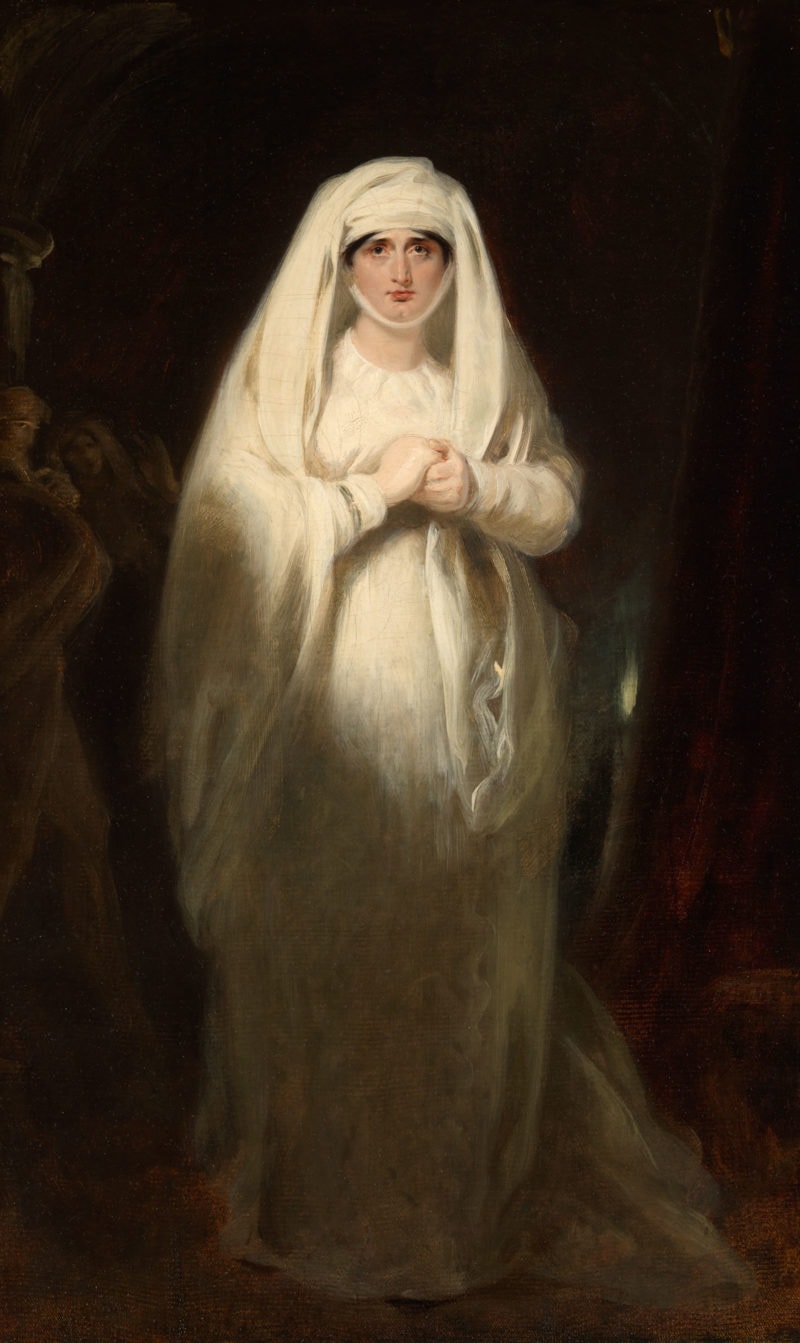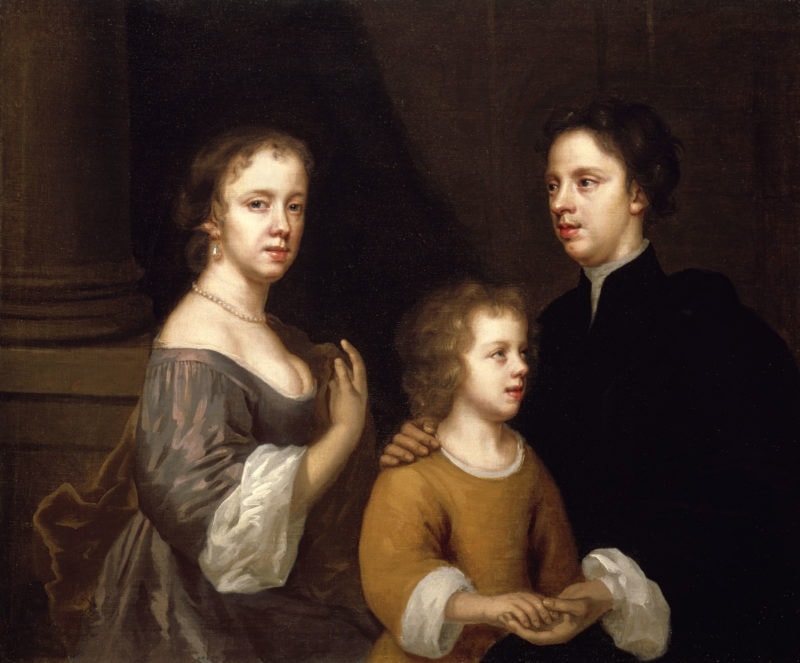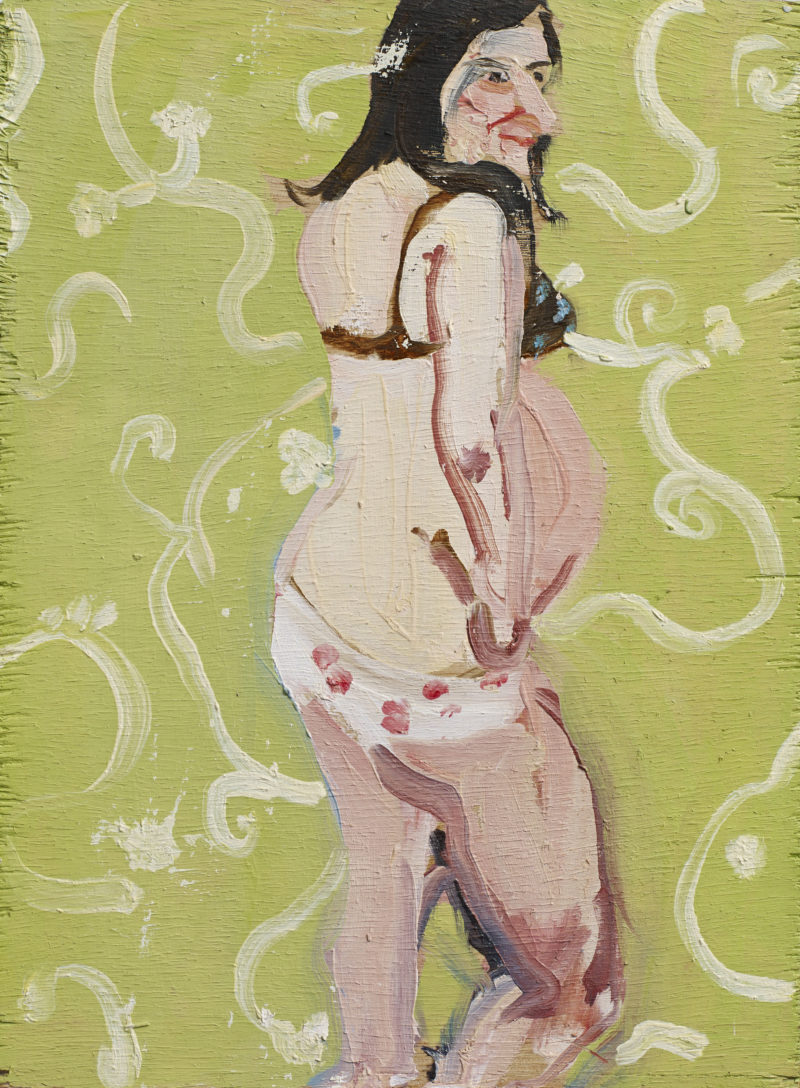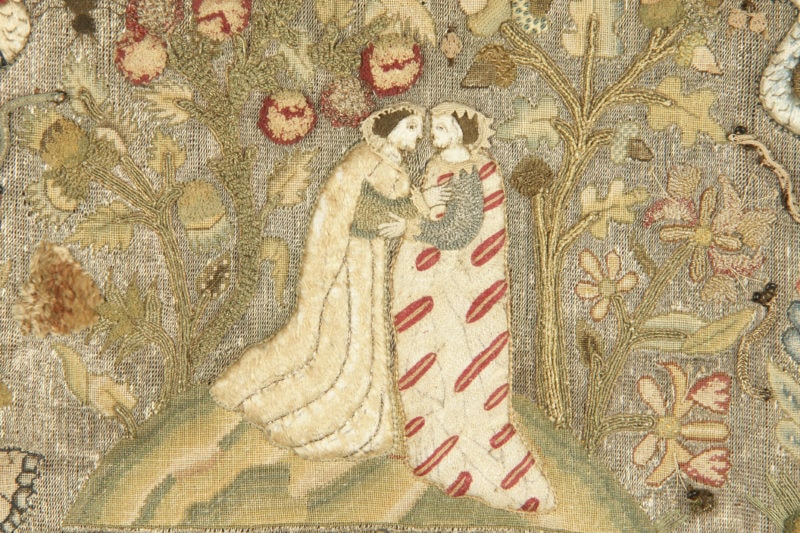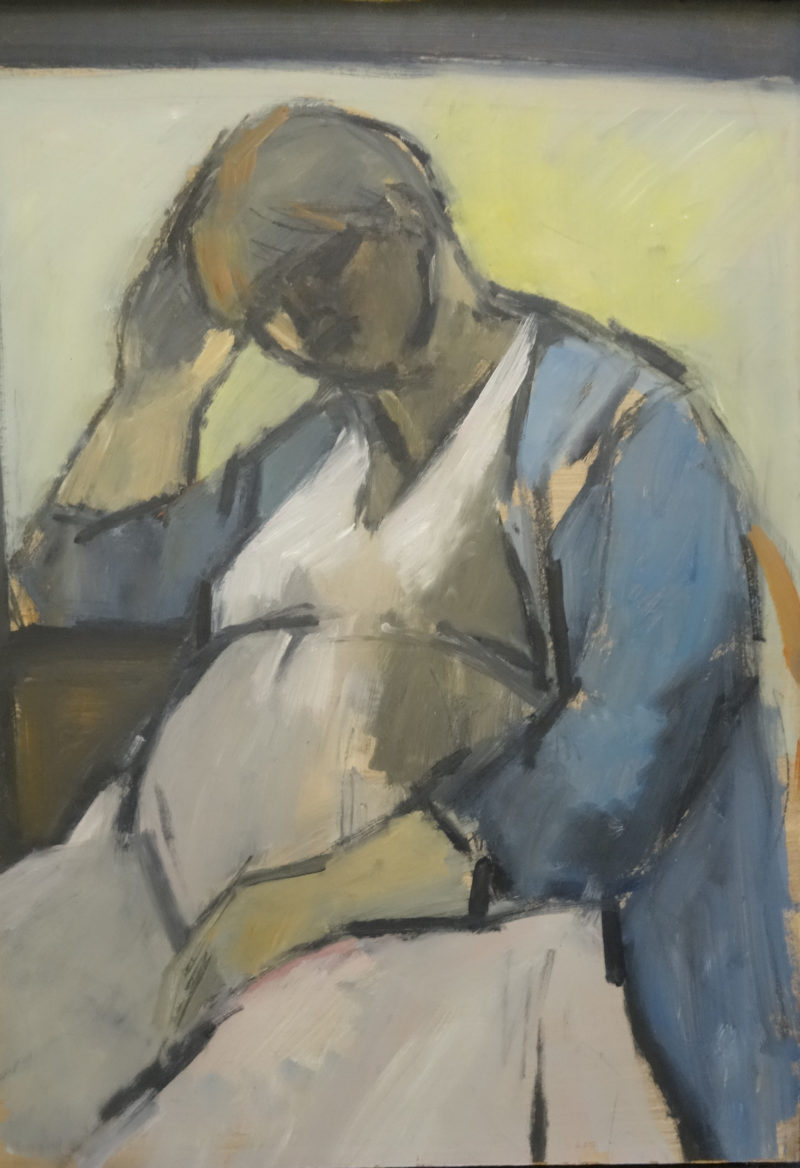Until the twentieth century, many women spent most of their adult years pregnant. Despite this, pregnancies are seldom apparent in surviving portraits. This exhibition brought together images of women – mainly British – who were depicted at a time when they were pregnant (whether visibly so or not). Through paintings, prints, photographs, objects and clothing from the fifteenth century to the present day, visitors could discover the different ways in which pregnancy was, or was not, represented; how shifting social attitudes have impacted on depictions of pregnant women; how the possibility of death in childbirth brought additional tension to such representations; and how more recent images, which often reflect increased female agency and empowerment, still remain highly charged.
Portraying Pregnancy was curated by Karen Hearn and brought together, for the first time, rare examples of these portraits providing an exceptional opportunity to situate contemporary issues of women’s identity, emotion, empowerment and autonomy in a 500-year context.
The exhibition included Holbein’s beautiful portrait of Thomas More’s daughter, Cicely Heron, which was sketched from life; the maternity dress that Princess Charlotte wore for her portrait painted by George Dawe in 1817, the year that she died in childbirth, both on loan by Her Majesty The Queen from the Royal Collection; and the Foundling Museum’s celebrated painting by William Hogarth, The March of the Guards to Finchley, 1750, which features a heavily pregnant woman at its centre. Also on display was Alison Lapper (8 Months), 2000, by Marc Quinn and Girl with Roses, 1947-8 and Lucian Freud’s portrait of his first wife Kitty. A previously unseen work by Jenny Saville, Electra, 2012-2019, was on display until the exhibition had to close on 17 March 2020.
Portraying Pregnancy: From Holbein to Social Media was supported by Taylor Wessing, the Drapers’ Company, Norland College and the 1739 Club.
★★★★ a moving portrait of women’s bravery



